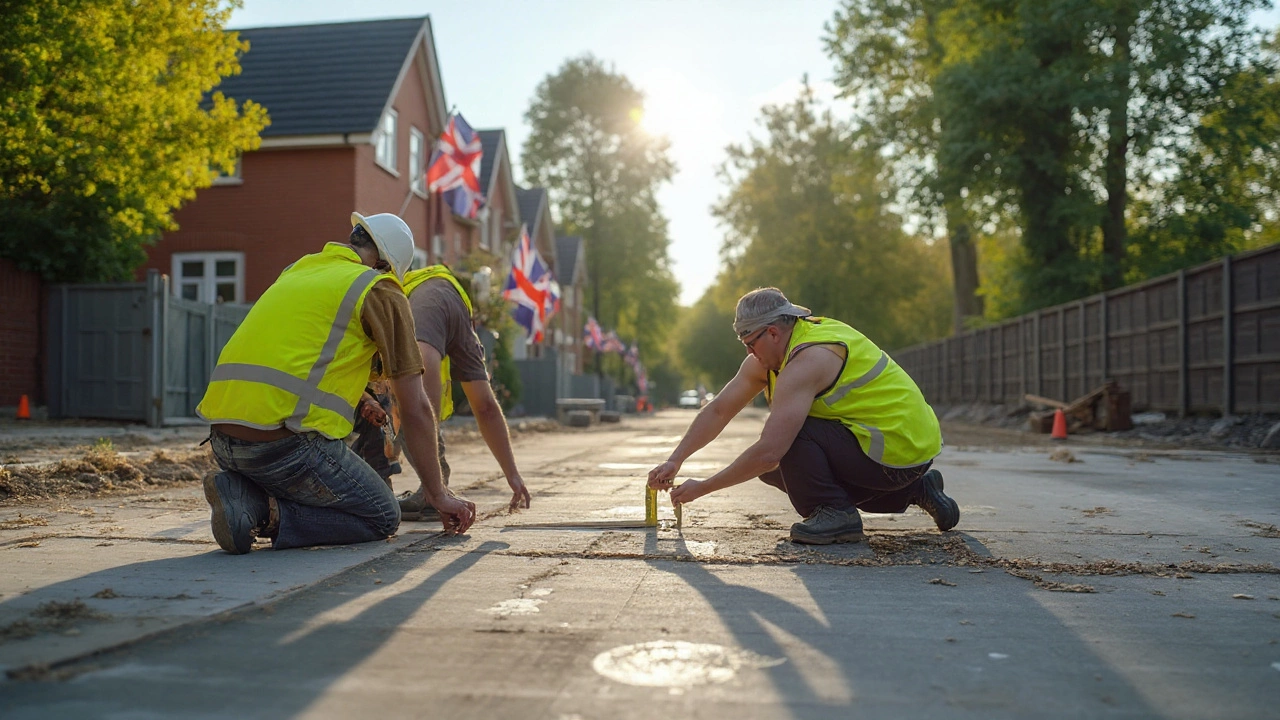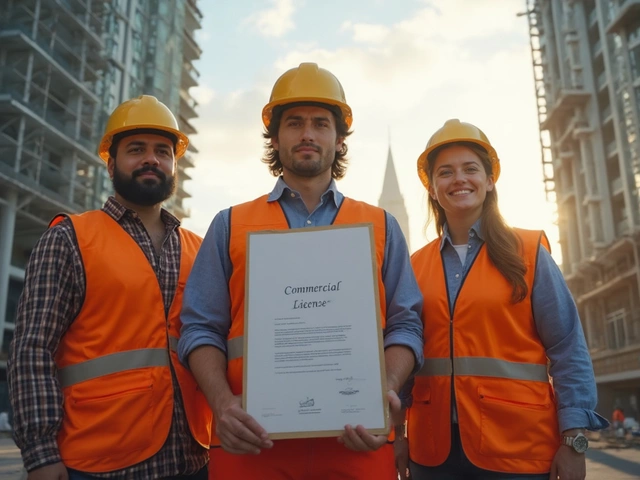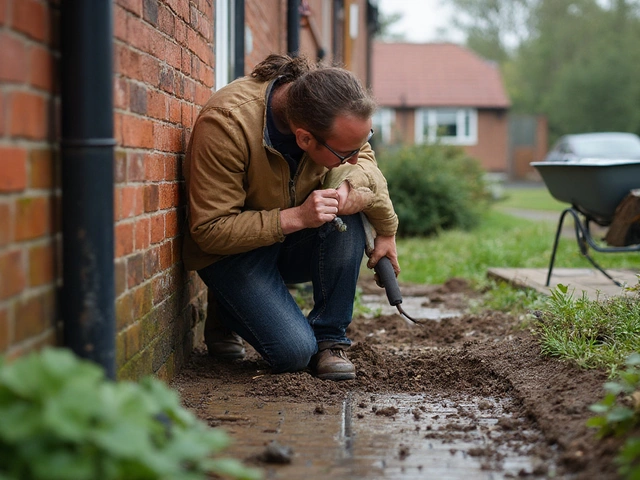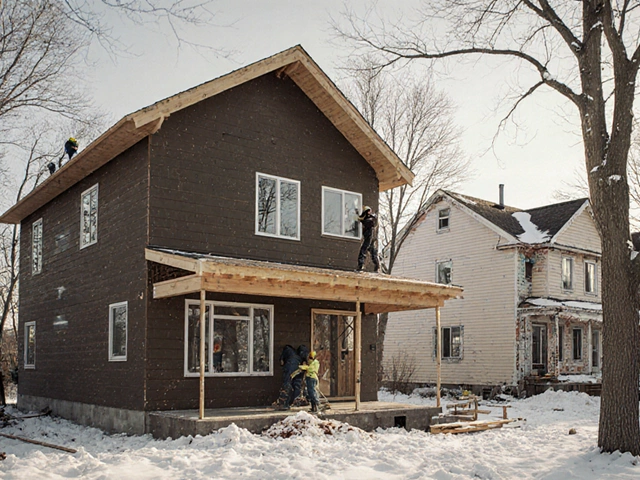Foundation Measurement: Simple Steps to Get Your Build Right
Getting the foundation laid out correctly is the first real test for any building. If the numbers are off, you’ll soon see cracks, uneven floors, or worse. The good news? Measuring a foundation doesn’t need a PhD. With a few tools and a clear plan, you can nail the layout and keep your project on track.
Why Accurate Measurement Matters
A foundation is the part of a structure that bears the load. Even a half‑inch error can shift walls, throw off roof lines, and cause water to pool where it shouldn’t. When you measure accurately, you protect the building’s stability, save money on re‑work, and avoid costly permits or inspections later. Think of it like setting the base of a house of cards – if the base wobbles, the whole thing falls.
Tools and Techniques for Precise Foundation Layout
First, grab a sturdy steel tape, a laser level, and a good set of string lines. A laser distance measurer can speed things up, but a tape is still the most reliable for tight corners.
1. Mark the corner points. Use wooden stakes and a pencil to pinpoint where each corner should sit. Double‑check against your blueprint before driving the stakes into the ground.
2. Lay out the strings. Stretch a mason’s line between opposite corners. Pull it tight and snap it with a chalk line for a clear, straight reference on the ground.
3. Check for level and square. Use the laser level to verify that the string lines are level in both directions. Then, run a diagonal from corner A to C and from B to D; both should measure the same length. If they don’t, adjust the corners until the diagonals match – that tells you the layout is square.
4. Measure depth. Dig a small test pit at each corner to confirm the footing depth required for your soil type. Local quarries, like Lime Hillock, can advise on the right limestone mix to ensure a firm base.
5. Record everything. Write down each measurement, level reading, and any adjustments. This log helps the contractor stay on target and provides a reference if an inspection asks for proof.
Common mistakes to avoid: using a stretched tape that’s too loose, skipping the square check, and ignoring soil movement after rain. A quick re‑check after a heavy downpour can catch shifts before you pour concrete.
When you’re ready to order material, talk to a local supplier about the exact volume you need. Lime Hillock Construction Material Resources can cut the limestone to size, saving you from excess waste and extra hauling costs.
Bottom line: accurate foundation measurement is a small investment of time that pays off in a stronger, longer‑lasting building. Grab your tools, follow the steps, and you’ll set a rock‑solid start for any project.
345 Rule Explained: The Simple Key to Strong Residential Foundation Design

Discover what the 345 rule means in construction, why it's used for foundation work, and how to use it. Simple tips and common mistakes made easy.
read more



